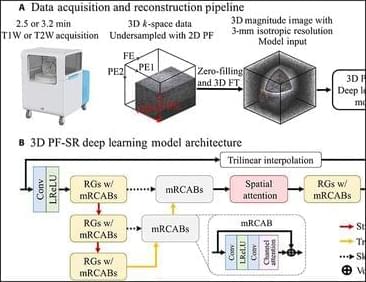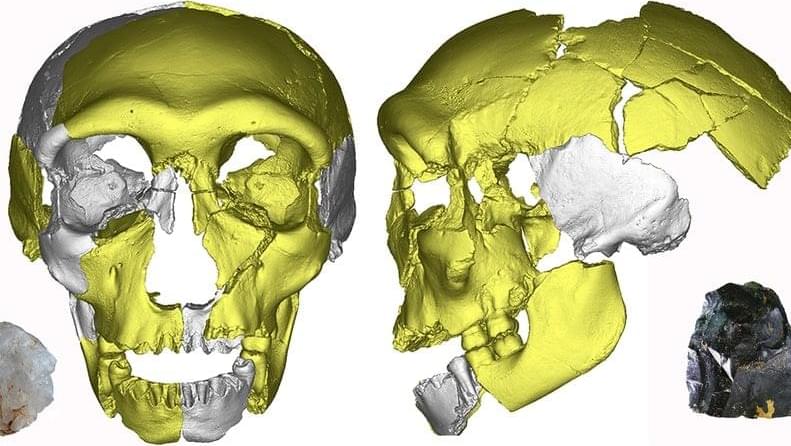Large-scale 3T MRI data enables fast whole-brain scanning at 0.055T via deep learning super-resolution and image reconstruction.



Science is hard. The science of consciousness is particularly hard, beset with philosophical difficulties and a scarcity of experimental data.
So in June, when the results of a head-to-head experimental contest between two rival theories were announced at the 26th annual meeting of the Association for the Scientific Study of Consciousness in New York City, they were met with some fanfare.
The results were inconclusive, with some favoring “integrated information theory” and others lending weight to the “global workspace theory”. The outcome was covered in both Science and Nature, as well as larger outlets including the New York Times and The Economist.

Incredible though it may seem, a wriggly roundworm with no eyes, no spine, and no brain to speak of may still possess the most basic of animal emotions.
In recent research, the nematode, Caenorhabditis elegans, has shown a persistent negative reaction when given a quick electric zap. For many minutes after receiving the short and sharp shock, this species continued to ‘flee’ at high speeds in the laboratory.
Researchers from Nagoya City University in Japan and Northeastern University in the US say that the long-lasting response, which looks like the worm ‘running’ away, is indicative of a fear-like brain state.

It could soon be possible to measure changes in depression levels like we can measure blood pressure or heart rate.
In a new study, 10 patients with depression that had resisted treatment were enrolled in a six-month course of deep brain stimulation (DBS) therapy. Previous results from DBS have been mixed, but help from artificial intelligence could soon change that.
Success with DBS relies on stimulating the right tissue, which means getting accurate feedback. Currently, this is based on patients reporting their mood, which can be affected by stressful life events as much as it can be the result of neurological wiring.

Back in 2018, a tank of the purest water, buried under kilometers of rock in Ontario, Canada, flashed as barely detectable particle slammed through its molecules.
It was the first time that water has been used to detect a particle known as an antineutrino, which originated from a nuclear reactor more than 240 kilometers (150 miles) away. This incredible breakthrough promises neutrino experiments and monitoring technology that use inexpensive, easily acquirable and safe materials.
As some of the most abundant particles in the Universe, neutrinos are odd little things with a lot of potential for revealing deeper insights into the Universe. Unfortunately they are almost massless, carry no charge, and barely interact with other particles at all. They mostly stream through space and rock alike, as though all matter was incorporeal. There’s a reason they’re known as ghost particles.

Scientists from The University of Manchester and the University of Hong Kong have found a source for the enigmatic alignment of stars close to the Galactic Center.
The initial discovery of the alignment of planetary nebulae was made a decade ago by Bryan Rees, a Manchester PhD student, but has remained unexplained.
New data obtained from the European Southern Observatory Very Large Telescope.

An artificial intelligence platform developed by an Israeli startup can reveal whether a patient is at risk of a heart attack by analyzing their routine chest CT scans.
Results from a new study testing Nanox. AI’s HealthCCSng algorithm on such scans found that 58 percent of patients unknowingly had moderate to severe levels of coronary artery calcium (CAC) or plaque.
CAC is the strongest predictor of future cardiac events, and measuring it typically subjects patients to an additional costly scan that is not normally covered by insurance companies.


The discovery has enabled a more detailed analysis of where the Hualongdong people fit on the human family tree. The mandible has a mixture of both modern and archaic features. For example, the bone along the jawline is thick, a feature shared with early human species, such as Homo erectus. It also lacks a true chin, the presence of which is a key feature of Homo sapiens. But the side of the mandible that attaches to the upper jaw is thinner than those of archaic hominins and more reminiscent of that of modern humans.
